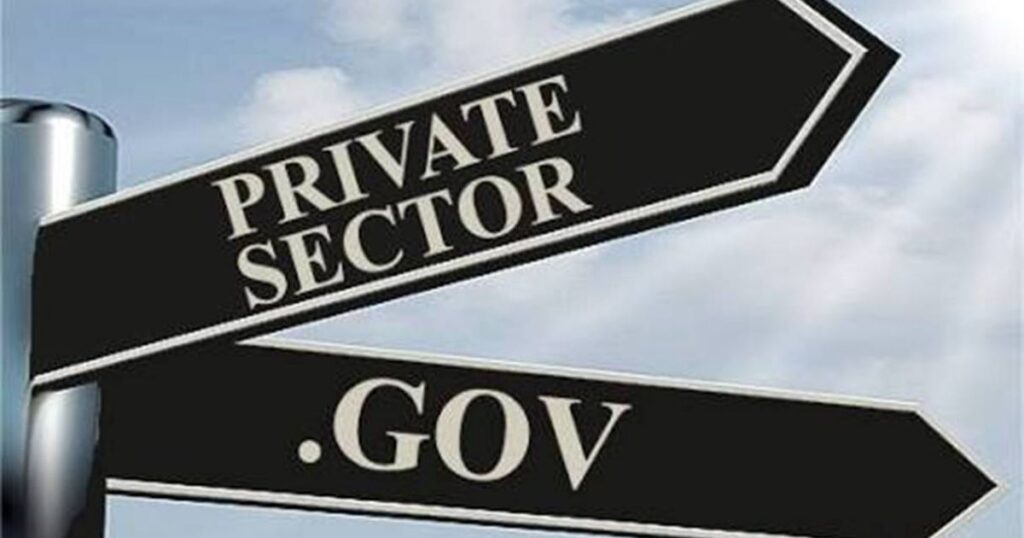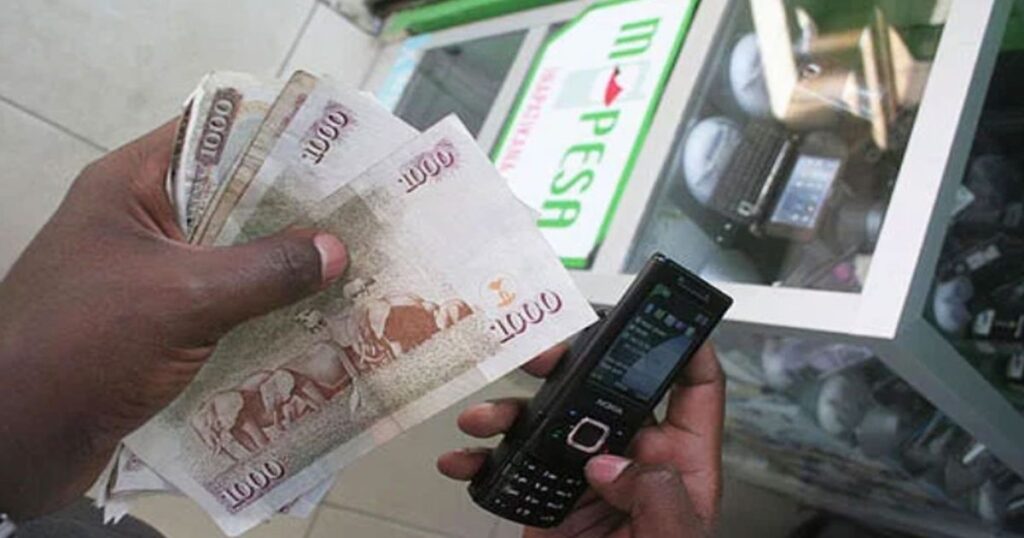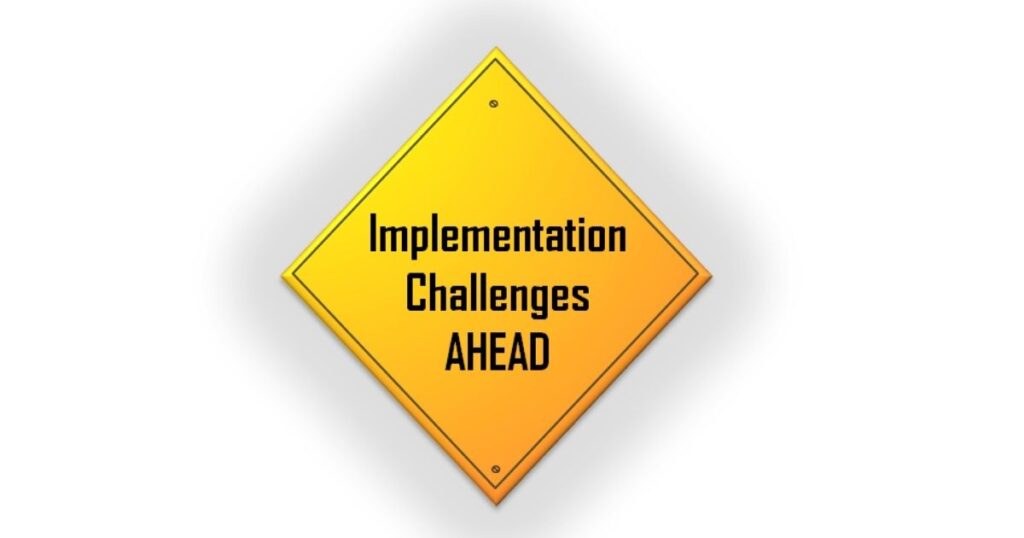In today’s modern world, technology plays a huge role in our daily lives. The internet and digital devices like computers, phones, and tablets have become almost as essential as basic utilities. We use them for school, work, entertainment, communication, and so much more. However, not everyone has equal and affordable access to these critical digital technologies. There is a large divide between those who can easily go online and utilize digital tools and resources, versus those who cannot. This is what we call the “digital divide.”
Unlocking the human potential trapped by digital exclusion is one of the great callings of the 21st-century global community. Companies like All Access Technologies show how innovative problem-solving can make this dream a reality for all.
In the following sections, we’ll dive deeper into understanding the complexities of the digital divide itself. We’ll explore All Access Technologies’ approach to tackling this issue and the real-world impacts already being achieved. We’ll also address potential challenges that lie ahead.
Understanding the Digital Divide
The digital divide is a big problem. It means some people can easily use the internet and digital technology. But others cannot access it or have a hard time using it. This divide creates an unfair situation. People who cannot use digital things properly miss out on lots of important information and opportunities.
The Nature of the Divide
The digital divide is not just about having internet or not. It is more complicated than that. It also depends on how good your internet access is. Fast and reliable internet is very different from slow and unpredictable internet. The devices and skills you have to use digital stuff also matter a lot.
In some areas, the divide exists between neighborhoods in the same city or town. Other times, it separates urban places from rural areas within one country. The biggest divide is between richer, developed nations and poorer, developing countries around the world.
Historical Evolution
In the past, the digital divide was mainly about having a computer or not. As the internet became popular, the divide shifted to focus on internet access itself. With faster broadband internet emerging, the gap widened further between those who could access it and those who could not.
These days, the digital divide covers not just physical access to technology, but also the knowledge and skills required to use that technology properly. Simply having a device is not enough if you don’t understand how to use it well.
Global Perspective
Looking around the globe, we can see countries with widely differing levels of digital access. In wealthy, developed nations, high-speed internet is widely available and common. People can easily get online to learn, work, bank, shop, and much more.
However, the situation is very different in many developing countries, especially poorer or rural regions. Basic internet connectivity itself remains a major challenge there. This limits people’s ability to access educational resources, job opportunities, and other digital services taken for granted elsewhere.
The stark contrast between developed and developing nations in internet access highlights the deep inequalities that still exist worldwide. Not having digital connectivity puts entire populations at a big disadvantage in our modern, internet-driven society and economy.
The Role of All Access Technologies

All Access Technologies is a company that wants to help solve the digital divide problem. They offer many different technology solutions to give people access to the internet and digital tools. Their goal is to make the digital world available to everyone, no matter where they live or how much money they have.
Definition and Scope
In today’s digital age, being connected to various technologies is super important. All Access Technologies provides a wide range of digital access solutions to meet different needs. Whether you need internet, mobile services, or advanced communication tools, they have it covered.
All Access Technologies makes sure you can stay connected and have the resources to thrive in the digital world. No more limitations – they open up all the digital possibilities for you!
Examples and Case Studies
All Access Technologies works on innovative projects to expand digital access. One example is Google’s Loon project that uses high-altitude balloons to beam internet to remote areas. Another is SpaceX’s Starlink system of satellites orbiting Earth to provide internet.
In parts of rural Africa and Asia, mobile broadband has revolutionized connectivity without needing complex wired infrastructure. It has brought first-time, reliable internet access for education and business opportunities.
Impact on Communities
The impact of this technology on underserved communities is huge. In education, it provides access to online resources and learning platforms. In healthcare, it enables remote consultations and access to medical expertise previously unavailable.
Initiatives in rural areas are creating new markets and allowing participation in the global economy. Overall, digital access is opening up a world of information and opportunities.
Overcoming Barriers to Technology
Several big barriers make it hard for some people to access and use technology. We need to identify and tackle these barriers.
Identifying Barriers
One major barrier is the lack of proper internet infrastructure, especially in rural areas. Affording devices and internet costs is another huge challenge for many. Lack of digital skills and knowhow also prevents people from effectively using technology.
Technological Solutions
Innovative solutions are being created to overcome these barriers. For example, mesh networks can expand internet coverage to hard-to-reach places. Subsidized device programs and low-cost internet plans make technology more affordable. Educational efforts aim to improve digital literacy across all age groups.
The Role of Government and Private Sector

Bridging the digital divide requires a team effort. Both governments and private companies have important roles to play in solving this challenge. Let’s explore how each side can contribute.
First, let’s look at governments. Their primary role is to create policies and an environment that encourages digital growth. They need to make expanding internet access a major priority through their leadership and funding choices.
Governments should invest money into developing digital infrastructure like cell towers, fiber optic cables, and other connectivity needs – especially in rural and lower-income areas. This basic groundwork allows the private sector to then build on top of it.
Additionally, governments can offer incentives to private technology companies such as tax breaks or subsidies. This makes it appealing for those companies to invest in underserved communities they may otherwise overlook for business reasons alone.
Another key role for governments is ensuring affordable access to digital services for all citizens. In today’s world, the internet is becoming as essential as utilities like electricity or water. Having a policy of subsidizing or price-regulating broadband can help close the affordability gap.
Now let’s look at how private companies fit into the picture. The first way is through direct investment into building out digital infrastructure and services in underserved areas. This could mean laying fiber cables, launching internet satellites, or developing low-cost devices and plans.
Often this requires partnership with government incentives or contracts as mentioned earlier. But companies also benefit by gaining entry to new markets of potential customers they can eventually profit from.
The private sector’s other major role is on the innovation side – developing advanced technologies at an affordable cost. This includes things like mobile broadband, satellite internet, mesh networks, and beyond. Their R&D and competitive drive pushes digital access solutions forward rapidly.
Additionally, private companies play a part in delivering online educational content, telemedicine, e-commerce platforms, and other services enabled by digital connectivity. Making these practical for people is key to maximizing connectivity’s benefits in areas like health, learning, and economic opportunity.
In summary, governments and private companies both have important butdifferent roles to play in addressing the digital divide through public policies, funding, innovation incentives, service delivery and more. It’s a shared responsibility requiring cooperation across sectors.
Read more posts: Unlock the World of Entertainment with OMGFlix: Stream your favorites today!
Impact of All Access Technologies
Providing widespread digital access can have a profound positive impact on societies.
Social Impact
In education, internet enables access to a wealth of knowledge resources, bridging gaps. In healthcare, telemedicine allows remote expert care, potentially saving lives. Digital connectivity fosters community engagement and social inclusion.
Economic Impact
Economically, digital access is transformative. E-commerce helps businesses reach wider markets. Digital platforms create new entrepreneurship opportunities. Access to digital banking enables greater financial inclusion, especially in underbanked areas.
Real World Examples – Case Studies
Sometimes it’s easier to understand big ideas and initiatives when we can look at actual real-world examples and success stories. Case studies allow us to see the impacts of digital access solutions in action within specific communities. Let’s dive into a couple inspiring examples.
Digital India Initiative
In the vast nation of India, a huge government-led program called the Digital India initiative has helped rapidly increase internet penetration and accessibility over the past decade. By investing in digital infrastructure buildout, subsidies, and training programs, internet usage has surged tremendously.
For millions of Indians, especially in rural villages, this new connectivity has unlocked a world of educational opportunities previously out of reach. Students can now access a wealth of online learning materials, lectures, tutoring resources and more right on their mobile devices.
But it goes beyond just education. The Digital India drive has catalyzed economic opportunities through online employment, e-commerce, and fintech services. People can find jobs, start businesses, secure loans, and participate in the digital economy like never before.
Overall, this government’s committed push to prioritize digital inclusion as a national imperative has empowered social mobility and elevated countless lives out of poverty. The impacts will be generational.
M-Pesa Mobile Money

Let’s look now at an example of a pioneering private sector solution – the M-Pesa mobile money system in Kenya. For a population that was previously “unbanked” with limited access to financial services, M-Pesa’s mobile platform opened up revolutionary possibilities.
Using just a basic cell phone, M-Pesa allows Kenyans to easily transfer funds to others, receive and pay bills, purchase goods, or save money safely through a simple text-based interface. It’s almost like having a bank branch right in your pocket.
By leapfrogging straight to mobile digital banking, M-Pesa bypassed the need to build out a traditional physical banking infrastructure across Kenya’s rural areas. It met people where they already were – on their phones.
The impacts have been immense. Millions who were previously left out of the economic mainstream now have access to secure digital payment channels, lending, and savings tools. Small businesses can accept mobile payments, boosting entrepreneurship and financial inclusion.
M-Pesa is a prime example of how the right technology, sensitively adapted to local contexts, can swiftly close long-standing service gaps in underserved areas. Its success has since inspired similar mobile money platforms worldwide.
These case studies in India and Kenya powerfully illustrate how creative solutions – be they public or private sector-led – can uplift entire communities when the vision of affordable digital access becomes a reality. Stories like these show the immense potential waiting to be unleashed.
Challenges and Criticisms
While initiatives to expand digital access offer many potential benefits, it’s important to carefully consider the challenges and criticisms surrounding such efforts.
Potential Downsides
A major concern is the privacy implications of increased digitization and connectivity. As more aspects of our lives move online, there are heightened risks of mass surveillance, data mining, and exploitation of personal information by governments, corporations, or bad actors. Strict privacy safeguards need to be put in place.
Moreover, some worry that our growing dependence on technology could diminish vital life skills and abilities. By relying on devices and apps for so many tasks, are we losing the self-sufficiency and hands-on knowledge that allowed previous generations to thrive? Moderation is needed to prevent atrophy of practical human capabilities.
Implementation Challenges

The implementation of digital access solutions across diverse global regions faces numerous logistical and economic hurdles. In developing nations especially, a lack of economic incentives for private investment can stymie infrastructure build-out in rural and low-income areas.
Overcoming fundamental deficiencies like lack of electricity, internet backbone, or telecommunications networks poses a massive financial and technical challenge in underserved areas. Regulatory red tape, corruption, and outdated policies can also bog down the deployment of new systems and technologies.
Balancing Act
In this era of breakneck digital transformation, striking the right balance is paramount. The productivity and quality-of-life benefits that accrue from judicious adoption of technology are undeniable – but we must embrace new innovations with prudence.
It’s vital that as a society, we proactively address tech’s potential downsides through ethical guardrails and robust privacy protections. Letting our lives become overwhelmed or directed by the whims of technology would be a mistake.
Rather than going to extremes of either technophobia or overdependence, we need a balanced approach. One where technology augments and empowers human autonomy and decision-making, not replaces it entirely. Retaining core human skills while harnessing tech’s advantages should be the goal.
Conclusion
In our rapidly digitalizing 21st century world, bridging the digital divide has become not just a priority but a necessity to ensure equal access to knowledge, opportunity and basic services. Pioneering initiatives like All Access Technologies play an indispensable role in this mission.
However, the work of expanding global digital inclusion must be an ongoing, concerted effort by the public and private sectors. Mere one-off programs won’t be enough as innovation inevitably outpaces infrastructure. Policymakers and companies must stay nimble and forward-looking.
Realizing the full potential upsides of ubiquitous connectivity, while mitigating downsides through principled governance, ethical design, and individual self-regulation will be the great challenge going forward. But it’s a test humanity must pass to ensure equitable participation in our rapidly digitalizing world.
FAQ’s
What exactly is the digital divide?
The digital divide refers to the gap between those who have affordable access and skills to use digital technologies like the internet, computers, and smartphones – and those who don’t. It’s an unfair divide that limits opportunities for many.
Why is bridging the digital divide so important?
In today’s world, digital access isn’t just a luxury – it’s becoming essential, just like other utilities. Those without it face barriers to education, jobs, healthcare, communication and improving their lives. Overcoming this divide ensures equal access to opportunity
What kinds of solutions does All Access Technologies provide?
All Access Technologies works on making digital connectivity and devices affordable and user-friendly for underserved communities worldwide. This includes internet, mobile services, communication tools, digital literacy training and more.
Can you give an example of how their solutions help?
Sure! In India, the government’s Digital India program in partnership with Access Technologies has expanded internet access hugely. This lets students access online education, creates jobs through e-commerce, and opens up economic opportunities.
What are some potential challenges to solving the digital divide?
Some key challenges include lack of infrastructure in remote areas, poverty making technology unaffordable, and low digital literacy skills. But innovative solutions like subsidies, creative connectivity methods, and training programs can help overcome these barriers.

Lucas Steele is an experienced professional with 10 years in education. “Teachbullit” is his domain, reflecting expertise in teaching and learning.









